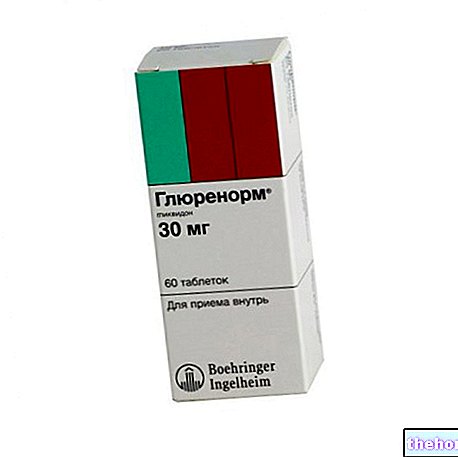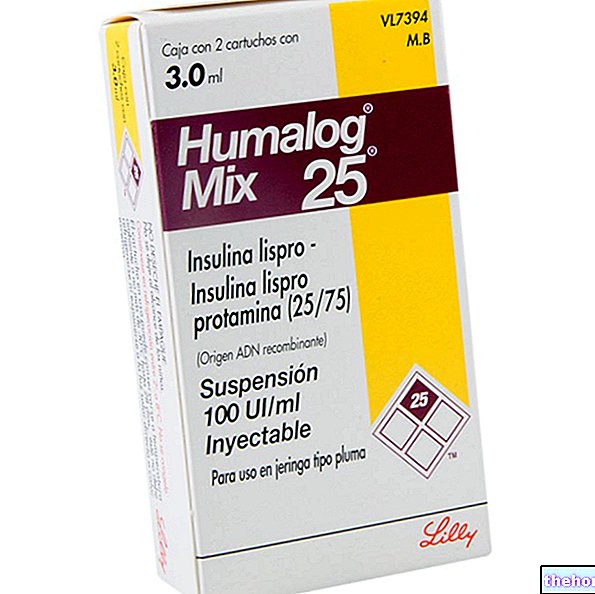
What is Lusduna - Insulin Glargine and what is it used for?
Lusduna is a medicine used in patients of at least 2 years of age to treat diabetes. Contains the active ingredient insulin glargine.
Lusduna is a 'biosimilar medicine'. This means that Lusduna is very similar to a biological medicine (also known as a 'reference medicine') that is already authorized in the European Union (EU). The reference medicine for Lusduna is Lantus. For more information on biosimilar medicines, see the questions and answers by clicking here.
How is Lusduna used - Insulin Glargine?
Lusduna is available in a disposable pre-filled pen and can only be obtained with a prescription. It is given by injection under the skin in the abdominal area, at the level of the deltoid or thigh.
Lusduna should be administered once a day at the same time every day. The dose of Lusduna is adapted for each patient and depends on the level of glucose (sugar) in the blood and the treatment with other insulin medicines. In patients with type 2 diabetes, Lusduna can also be given together with other antidiabetic medicines by mouth.
For more information, see the package leaflet.
How does Lusduna - Insulin Glargine work?
Diabetes is a disease in which the blood sugar level is high because the body cannot produce insulin (type 1 diabetes) or because the body does not produce enough insulin or cannot use it effectively (type 2 diabetes). Lusduna is a "replacement insulin that acts similarly to the insulin produced by the body and helps glucose pass from the blood to the body's cells. By controlling the level of glucose in the blood, diabetes symptoms are reduced and complications are avoided." .
Insulin glargine, the active substance in Lusduna, enters the bloodstream more slowly after injection than human insulin, so it is effective for longer.
What benefit has Lusduna - Insulin Glargine shown during the studies?
Extensive laboratory studies comparing Lusduna with Lantus have shown that the insulin glargine contained in Lusduna is very similar to that present in Lantus, in terms of chemical structure, purity and biological activity. Two additional studies have shown that Lusduna is absorbed into the body and acts on blood glucose in the same way as the reference medicine, Lantus.
Lusduna is a biosimilar medicine, therefore no studies on efficacy and safety were needed as these are already well known for insulin glargine.
Two supportive studies found that the effectiveness of a daily dose of Lusduna was comparable to that of Lantus. In both studies, the main measure of effectiveness was the change in the level of glycosylated hemoglobin after 24 weeks of treatment ( HbA1c) in the blood, a substance that indicates how effectively blood glucose is controlled.
In the first supportive study, involving 506 patients with type 1 diabetes, the mean percentage of HbA1c decreased from 8.0 to 7.4% with both Lusduna and Lantus. In the second study, which involved 531 patients with type 2 diabetes, the mean percentage decrease in HbA1c ranged from 8.3% to 7.2% with Lusduna and between 8.4% and 7.2% with Lantus. .
What are the risks associated with Lusduna - Insulin Glargine?
The most common side effect with Lusduna (which may affect more than 1 in 10 people) is hypoglycaemia (low blood glucose). For the full list of restrictions and side effects reported with Lusduna, see the package leaflet.
Why has Lusduna - Insulin Glargine been approved?
The Agency's Committee for Medicinal Products for Human Use (CHMP) decided that, in accordance with EU requirements for biosimilar medicines, Lusduna has been shown to have a comparable quality, safety and efficacy profile to Lantus. Therefore, the CHMP considered that, as in the case of Lantus, the benefits outweigh the identified risks and recommended the granting of the "Marketing Authorization" for Lusd
What measures are being taken to ensure the safe and effective use of Lusduna - Insulin Glargine?
The recommendations and precautions that healthcare professionals and patients need to observe in order for Lusduna to be used safely and effectively have been set out in the summary of product characteristics and package leaflet.
More information about Lusduna - Insulin Glargine
For the complete version of Lusduna's EPAR, consult the Agency's website: ema.europa.eu/Find medicine / Human medicines / European public assessment reports. For more information about Lusduna therapy, read the package leaflet (included with the EPAR) or contact your doctor or pharmacist.
The information on Lusduna - Insulin Glargine published on this page may be out of date or incomplete. For a correct use of this information, see the Disclaimer and useful information page.




























